As If the Virus Wasn’t Bad Enough… Post-Viral Fatigue!
Usually, when viruses strike, they make you sick for a while and then you recover. In some instances, however, there’s a lengthy period of time after the virus is gone when patients continue to suffer – from post-viral fatigue.

Many different viruses have long been enemies of mankind. At different times and in different points throughout history, viral outbreaks have wreaked untold damage on the human population. So, despite the fact that some viruses are actually beneficial to their host, the fact remains that many just make you sick – or worse, dead. Perhaps the only comfort most people can derive when stricken by non-lethal viruses is that sooner or later those viruses run their course and the patient can return to full health.
That comfort is short-lived for patients whose illness period ends, but full recovery remains elusive due to post-viral fatigue. To better understand this exhausting condition, it is helpful to first identify post-viral fatigue for what it is, take note of its causes, and learn about how it can be properly managed so that patients can return to a state of full health and vitality.
What is Post-Viral Fatigue?
Post Viral Fatigue Syndrome, commonly abbreviated as PVFS, is the continuing state of fatigue that often follows many different viral infections. While many associate the condition with that experienced in the aftermath of glandular fever, the fact is that it can follow in the wake of many different viral issues.
The condition is one of extreme fatigue, accompanied by any number of the following symptoms:
- Pain in the joints and muscles
- Muscle weakness
- An inability to properly regulate body temperature
- Heart palpitations
- New food or medication allergies or sensitivities
- Optical disruption
- Irritable bowels
- Sleep disruption
- Headaches, sore throats, and swollen glands
- Weakened immunity
- General brain fog
- Dizziness
Patients who experience this fatigue often succumb to despair and depression as well, which only makes matter worse. In addition to depression, there can also be anxiety, and heightened stress as a result of the failure to recover properly from the viral infection. If the condition continues with multiple symptoms present for four to six months after onset, doctors often re-diagnose the patient to reflect the advancement from PVFS to chronic fatigue syndrome.
How Does Post-Viral Fatigue Occur?
Some form of PVFS is experienced briefly by most people who suffer a viral infection – in the form of a day or two of general weakness and exhaustion as the body tries to recover from its ordeal. The actual fatigue condition, however, is only diagnosed as such if that failure to recover persists for weeks or months after the illness. The exact cause is somewhat of a mystery, since most people recover fairly quickly and never experience that persistent exhaustion.
Nor are viruses the only known link to this fatigue. Often times, the same symptoms present in the wake of pneumonia, anemia, and other conditions. Other ailments, such as diabetes, asthma, and thyroid problems can make it likelier that a patient with a virus will end up suffering post-viral fatigue as well.
What Can You Do About Post-Viral Fatigue?
The good news is that PVFS is far from a permanent condition – provided that it doesn’t progress to a more chronic form of exhaustion, that is. As a general rule, this fatigue typically resolves itself within a few weeks or months. Until it does, however, there are some concrete steps that can be taken to minimize its impact:
- Rest when you’re tired. In addition to sleep, you may also need naps or just quiet time to close your eyes and rest. To maximize the benefits received from such times, try to avoid caffeine and alcohol.
- Get some exercise. Even if it’s just a short walk, it is important not to just give in to the exhaustion. A lack of mobility over several months can make matters worse.
- Moderate your pace. Don’t try to do everything at once, and learn to say “no” to demands on your time. The clearest path to recovery is the one that has as few outside demands as possible.
- Eat right. Fresh fruit, leafy vegetables, and clean, healthy protein and fats are essential to keeping your energy levels as high as possible.
- Drink water – and lots of it!
- Avoid stress and manage what cannot be avoided. To accomplish the latter, you may have to resort to meditation or other techniques to reorient your internal response to outside annoyances.
- Learn to be patient. And that means being patient with yourself as well as others. Often times, patients lack patience and become frustrated by the new limitations that this level of exhaustion places on their lives. You have to give yourself the time to recover, and the permission needed to relax while you do.
Unlike the fatigue related to many other conditions, PVFS does go away after a time. While that may seem like small consolation as you’re suffering through its effects, it is still an important fact to keep in mind. In the meantime, focusing on those things you can do to ease the exhaustion and elevate your energy levels can at least make your bout with post-viral fatigue syndrome more manageable.
You might also be interested in:
- Treatment for Post-Viral Fatigue. http://www.ramsayhunt.org/info/treatment/post-viral-fatigue
- Reverse Therapy - An effective new treatment for Post Viral Fatigue Syndrome (PVFS). http://www.lynwhitereversetherapy.co.uk/index.php/post-viral-fatigue/
- Management of chronic (post-viral) fatigue syndrome. http://www.ncbi.nlm.nih.gov/pmc/articles/PMC1711569/
- Health Matters: Post-vital fatigue syndrome. http://www.walesonline.co.uk/news/health/health-matters-post-vital-fatigue-syndrome-2046138

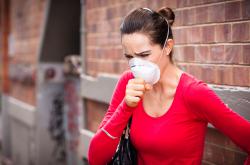



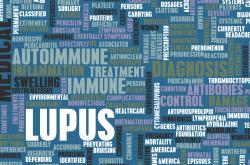
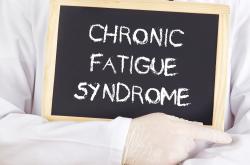
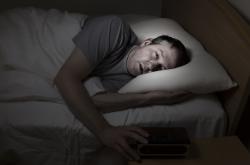
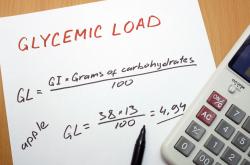









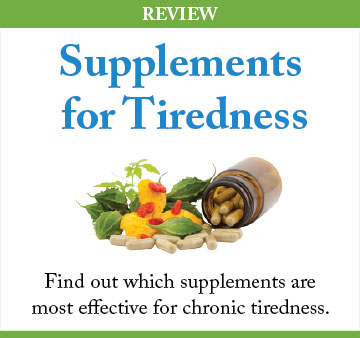
Leave a comment